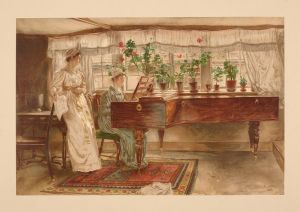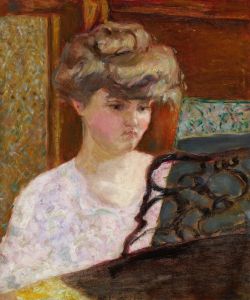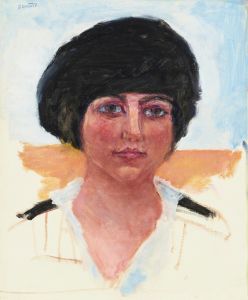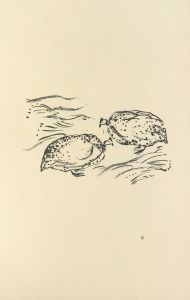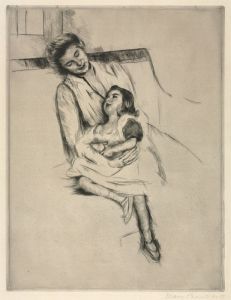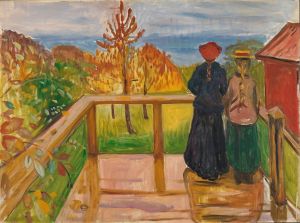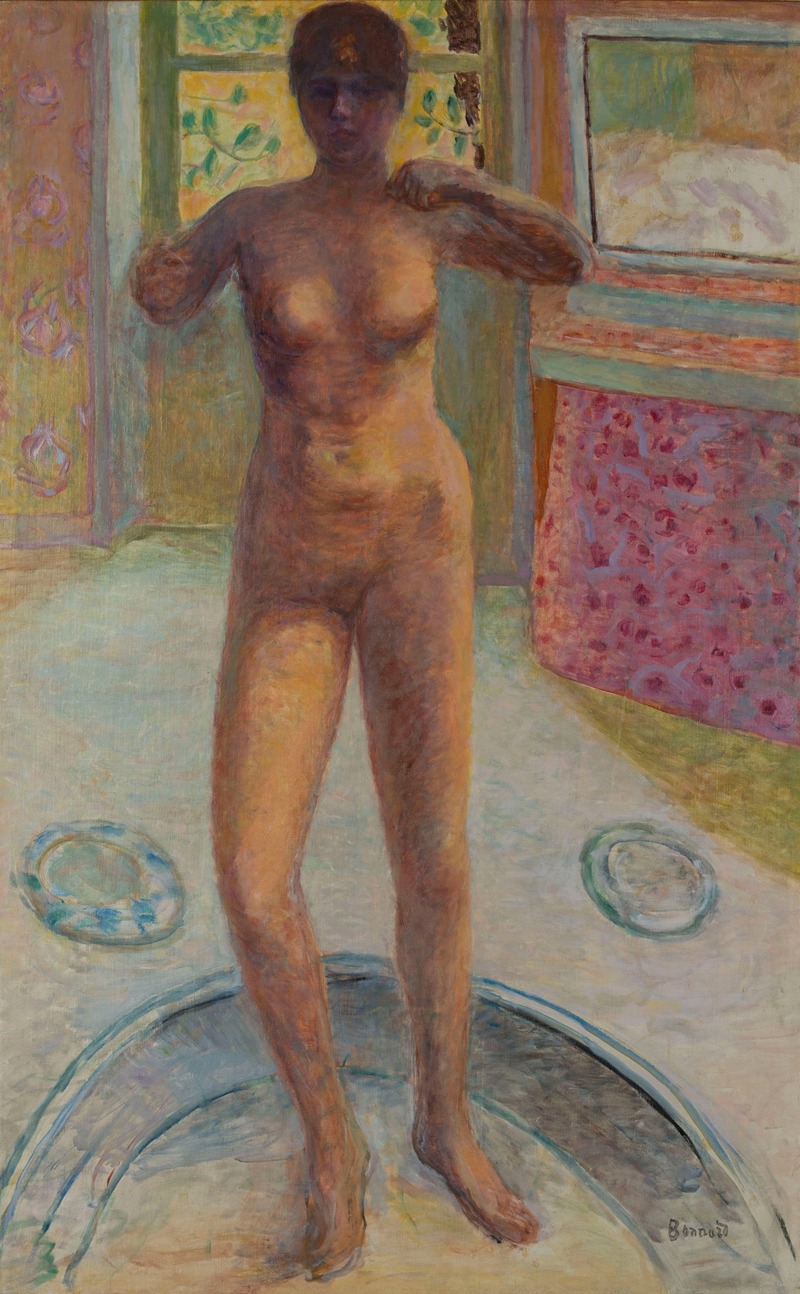
Femme au tub
A hand-painted replica of Pierre Bonnard’s masterpiece Femme au tub, meticulously crafted by professional artists to capture the true essence of the original. Each piece is created with museum-quality canvas and rare mineral pigments, carefully painted by experienced artists with delicate brushstrokes and rich, layered colors to perfectly recreate the texture of the original artwork. Unlike machine-printed reproductions, this hand-painted version brings the painting to life, infused with the artist’s emotions and skill in every stroke. Whether for personal collection or home decoration, it instantly elevates the artistic atmosphere of any space.
"Femme au tub" is a painting by the French artist Pierre Bonnard, a prominent figure in the Post-Impressionist movement. Bonnard, known for his vibrant use of color and innovative compositions, created this work in 1914. The painting is part of a series of works in which Bonnard explored the theme of bathing, a subject he frequently revisited throughout his career.
Pierre Bonnard was born on October 3, 1867, in Fontenay-aux-Roses, France. He was a founding member of the avant-garde group Les Nabis, which included artists like Édouard Vuillard and Maurice Denis. The group was known for its emphasis on the spiritual and symbolic aspects of art, often using bold colors and simplified forms. Bonnard's work evolved over the years, and he became renowned for his ability to capture the intimate, everyday moments of domestic life.
"Femme au tub" exemplifies Bonnard's fascination with the interplay of light and color. The painting depicts a woman in a bathtub, a recurring motif in Bonnard's oeuvre. His wife, Marthe de Méligny, often served as the model for these intimate scenes. Bonnard's approach to this subject is characterized by a sense of privacy and introspection, capturing the quiet solitude of the bathing ritual.
In "Femme au tub," Bonnard employs a rich palette of colors, using warm tones to create a sense of warmth and comfort. The composition is carefully constructed, with the figure of the woman partially obscured by the surrounding elements of the bathroom. This technique draws the viewer's attention to the interplay of light and shadow, as well as the textures of the surfaces within the room. Bonnard's use of color is both expressive and evocative, creating a sense of atmosphere that is both intimate and immersive.
Bonnard's technique involved working from memory rather than direct observation, allowing him to infuse his paintings with a sense of emotion and personal interpretation. This approach is evident in "Femme au tub," where the scene is not a literal depiction but rather a reflection of the artist's perception and emotional response to the subject.
The painting is housed in the Musée d'Orsay in Paris, which holds an extensive collection of works by Bonnard and other artists of the Post-Impressionist period. "Femme au tub" is celebrated for its masterful use of color and composition, as well as its ability to convey the quiet beauty of everyday life.
Bonnard's work, including "Femme au tub," continues to be studied and admired for its innovative approach to color and form. His paintings offer a glimpse into the private, often overlooked moments of life, rendered with a sensitivity and depth that resonate with viewers. Through his art, Bonnard invites us to see the world through his eyes, finding beauty in the ordinary and the mundane.





